La croix de Salles, Demi-Quartier
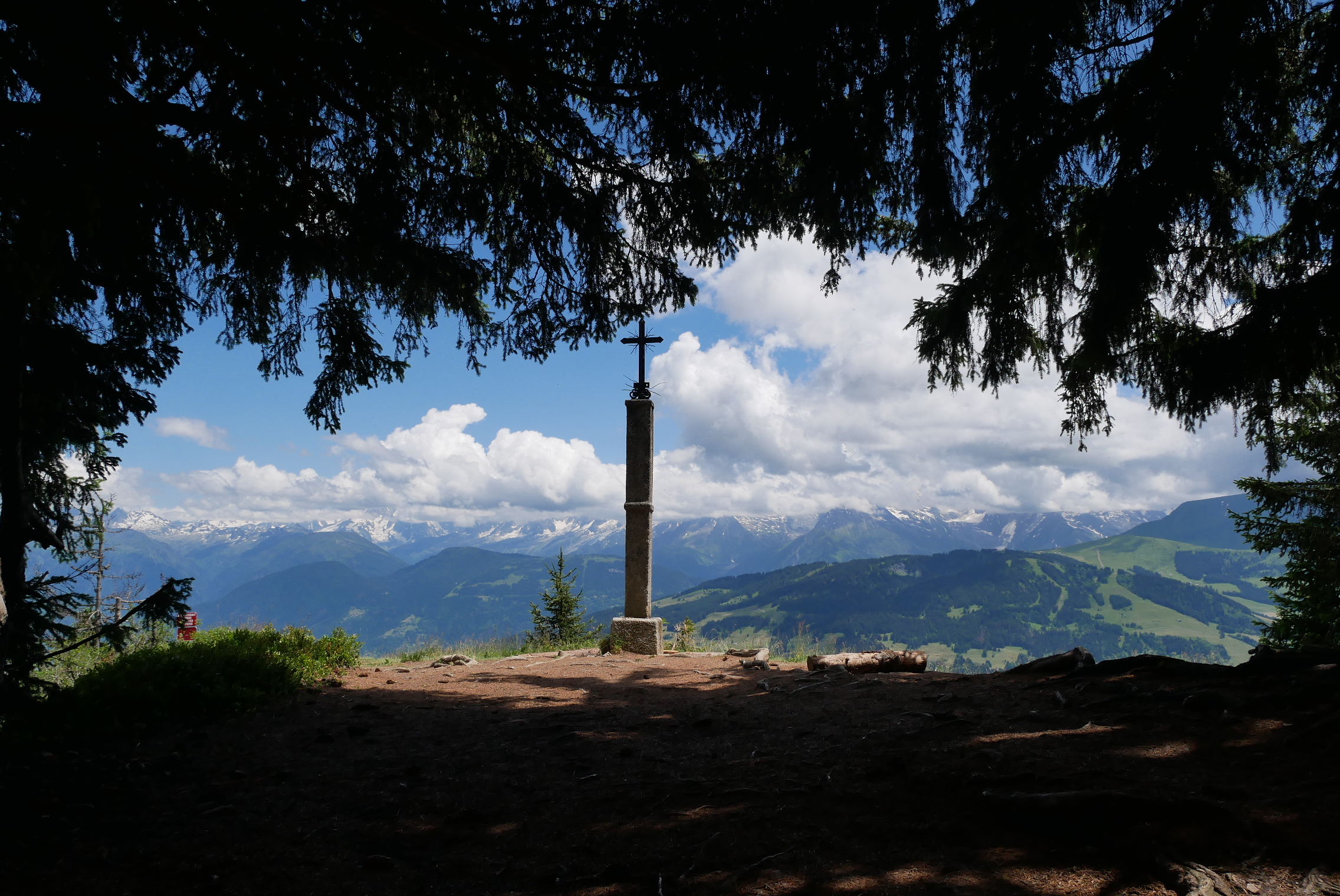
Combloux
La croix de Salles, Demi-Quartier
Easy
2h
7,6km
+440m
-440m
Embed this item to access it offline
Learn about the signs of drought on fir trees and the dangers of campfires in the mountains.
Attachment
- Downloadpdf
La-croix-de-Salles
Credit: Points d'intérêts du parcours - Asters-CEN74
5 points of interest
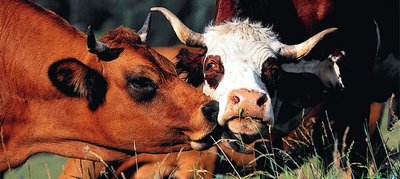
 Fauna
FaunaThe superstars of Haute-Savoie
You're about to learn all you need to know about the two breeds of cow found in the Savoie region. The Abondance, also known as the bespectacled cheesemaker. It can be recognised by its mahogany-red coat and white head and belly. Its sturdy hooves make it suitable for walking on rocky ground. This breed is responsible for a number of exquisite cheeses, including Reblochon, Beaufort and the famous Abondance. The Tarine or Tarentaise is smaller, but its dexterity, resistance to temperature fluctuations and stamina make it a true mountain breed! Its tawny-coloured skin and fully black extremities protect it from the sun. It is bred for its milk, which is used to make Beaufort, Tomme de Savoie and Reblochon.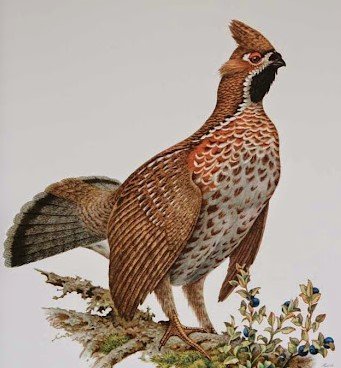
@JeanPaulLahache  Fauna
FaunaThe elusive Hazel Grouse
This is the smallest and most elusive of the mountain galliform species. It is much less well known than the black grouse or the rock ptarmigan because it lives exclusively in the forest! But it is just as important from a biological and scientific point of view: the presence of this species serves as an indicator of environmental change. This bird is quite high maintenance: it requires a variety of vegetation and trees to thrive. Therefore, poor forest management puts it at risk. This is one of the main causes of the species' decline.

Why are campfires banned?
Sitting by the fire, singing and roasting marshmallows sounds dreamy. But what are the consequences of campfires? 1. Renewal of the flora: the soil of alpine meadows is made up of fragile vegetation that has taken many years to build up, and the flora is therefore scarce. It takes time for vegetation to regrow following a fire, and more ordinary vegetation will grow back more quickly. At an altitude of 1600 m, it takes between 15,000 and 40,000 years to build up 10 cm of fertile land. 2. One visitor negatively impacts the environment only marginally but as there are so many visitors overall, the negative impact builds up exponentially. A single lone fireplace may not do much harm but if every visitor decided to make their own fireplace, the negative impact on the soil would increase very quickly. 3. Disturbance to wildlife: smell and noise. Wildlife is distressed by such disturbances at night (when they are actively searching for food), which affects their foraging and their ability to reproduce. 4. The risk of fire: even if you make your campfire with pebbles all around it and keep flare-ups to a minimum, an ember can still quickly ignite and cause a fire.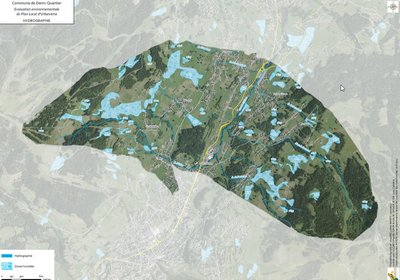
 Lake
LakePeat bogs and wetlands
By definition, a peat bog is a wetland, covered by vegetation, where the specific ecological conditions have led to the formation of a soil containing a deposit of peat. Peat bogs act as climate change buffers, particularly through their ability to trap carbon. An active peatland traps an average of 733 kg of CO2 per hectare per year (Villa and Bernal, 2018). On a global scale, wetland soils store twice as much carbon as all the world's forests. Preserving these areas is therefore a real priority.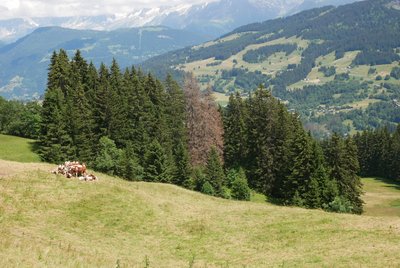
@Asters-CEN74  Flora
FloraDehydrated trees: red colour is a sign of trouble
The effects of climate change, water shortage and repeated droughts are weakening trees, particularly spruces and firs. Despite their ability to gradually adapt to the water shortage, several tree species are increasingly dying out. Trees regulate their transpiration by closing the stomates ("pores") in their leaves, thereby curbing their growth. This closure leads to overheating, which can be fatal for the species. Trees, already weakened by these factors, can no longer fend off attacks from parasites. Certain insects (bark beetles) dig burrows under the bark of spruce trees, feeding on the wood and sap, further exacerbating the death rate with alarming intensity. Attacked trees can be identified by the change in colour of their needles, which turn from green to brown. The rate of migration and adaptation of trees (which live for more than a hundred years) is too slow to keep up with the pace of change. Forest managers are experimenting with planting species that are more resistant to climate change.
Description
At the Beauregard Alpage, turn left towards Le Jaillet, then take an immediate right to La croix des Salles. Beauregard is where the Milka company filmed one of its famous adverts slogans:"And the marmot puts the chocolate in the tinfoil". Along this trail, you can take a quicker and shadier ascent. After passing the Beauregard ski lift, keep left on the trail; you'll soon cross another trail; don't forget to close the gates. La croix des Salles is located on a forest lookout point next to the ski lift arrivals. Return down via Le Jaillet, La Ravine, then turn to the left on the trail leading to the Beauregard mountain pasture.
- Departure : Cuchet parking area, Combloux
- Arrival : Cuchet parking area, Combloux
- Towns crossed : Combloux, Demi-Quartier, and Megève
Altimetric profile
Recommandations
Always be careful and plan ahead when hiking. Asters, CEN 74 can not be held responsible for the occurrence of any accident or incident on this trail.
Transport
Bus to the Cuchet parking area. It’s free from July to September.navette gratuite
Access and parking
It is the furthest car park found at the end of the Cry Cuchet road, on the heights of Combloux.
Parking :
Cuchet parking area, Combloux
Report a problem or an error
If you have found an error on this page or if you have noticed any problems during your hike, please report them to us here:
